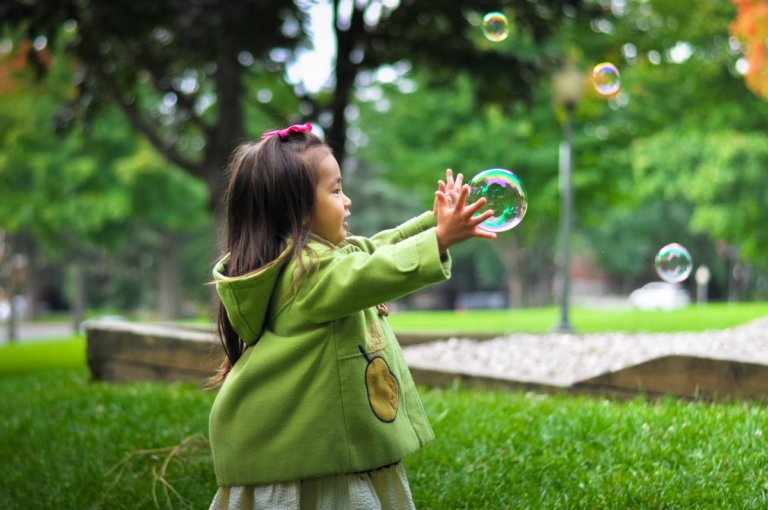
Playground sandboxes, scoop rockers and creativity corners, the number of innovative learning tools are endless in today’s K12 education sector.
With so many new learning products waiting to be released and catalogues full of innovative classroom furniture, how much attention do teachers pay to the classroom design itself?

Shaping classrooms around learners. Source: Shutterstock
Do high ceilings heighten student engagement?
Emerging in recent discussions about school classroom designs, a study published by the Canadian Center of Science and Education named The Effect of School Design on Student Performance has resurfaced.
Brought to the attention of educators and parents alike, the report has been connected to the structure of 21st-century schools by Ray Bordwell, the Global Head of Architecture at Whittle School and Studios in Washington, US.
“High ceilings in classrooms spur creativity and a sense of freedom. Students in rooms with high ceilings have better memory recall and apply more abstract thinking to solving problems,” Bordwell reveals, regarding the study.
Instead of feeling caged in by low ceilings and crowded classroom furniture, high ceilings may reinforce freedom of speech, enhancing the echoes of student engagement and a liberated learning space.
“Even the colours of walls and floors affect learning. Cooler colours like blue and green increase relaxation and concentration. And by mimicking the natural outdoor aesthetic of dark earth and light sky that our eyes are accustomed to, dark-coloured floors with light-coloured ceilings improve focus,” Bordwell notes.
From the colour of the paintwork to the height of the ceilings, there appears to be a lot of design elements to be factored in when designing a classroom.

The customisation of classroom environments may prove to be beneficial. Source: Avel Chuklanov/Unsplash
Steering learning towards outdoor environments
Bardwell also pushes the notion of outdoor environments. By letting in the light and removing the barrier that sets apart the inside and outside learning worlds, students receive a healthy, balanced and holistic education.
For instance, if you take a look at the Green School in Bali, its outdoor surroundings seep into indoor learning spaces with wall-less structures.
When nature becomes the classroom, K12 students get to explore and experiment with their education.
Rather than watching from the windows, they gain a first-hand appreciation of natural environments and contemplate the importance of preserving the wilderness.
“Students are not containers of knowledge and they need necessary tools to learn…therefore, indoor and outdoor spaces can absorb students and affect their performances,” adds the study.
Eradicating the notion that students are information magnets, outdoor learning spaces aim to widen their perspective and encourage independent thinking.
Combining these two design factors could result in a positive transformation of K12 learning environments and the students’ overall experiences.
It’s therefore essential that we reinforce the longstanding study that promotes these ideas.
Liked this? Then you’ll love…
Creative ways to make math fun for K12 learners
Should the K12 education system include experiential learning plans?







